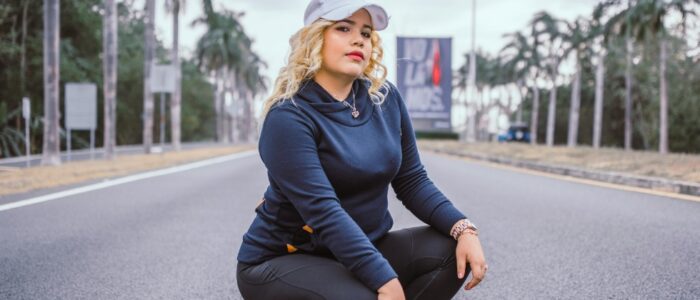Originally reserved for the gym or outdoor training, sportswear has since crossed over its purpose. Athleisure and performance wear now fill the market today, merging style, comfort, and functionality. While athleisure introduces activewear into everyday life, performance wear focuses on technical advancements to improve athletic potential.
For sports apparel business executives, knowing these segments is essential to fuel growth, capture trends, and respond to changing consumer requirements. But where do they diverge, and where do they intersect? Let’s examine the defining differences and implications for the business world.
ALSO READ: Luxury Reimagined: How the Pre-Loved Revolution is Changing the Game
Athleisure: The Rise of Stylish Comfort
Athleisure is the combination of “athletic” and “leisure”, symbolizing activewear meant to be worn casually on an everyday basis. In contrast to conventional sportswear, athleisure emphasizes fashion while still ensuring a degree of functionality.
Major Characteristics of Athleisure:
- Trendy, fashionable designs with hip cuts and colors
- Breathable, comfortable, and elastic materials such as spandex and cotton blends
- Multi-functional usage—appropriate for work, travel, and social events
- Companies such as Lululemon, Alo Yoga, and Nike Sportswear dominate this trend
Customers adore athleisure because it provides the best of both worlds—fashion and comfort—and enables them to easily move from work meetings to exercise sessions.
Performance Wear: Built for Performance
Performance wear, however, is built for athletes and fitness enthusiasts, prioritizing technology, durability, and support.
Main Features of Performance Wear:
- High-performance fabrics like moisture-wicking, compression, and temperature-control fabrics
- Innovative features such as UV protection, anti-odor technologies, and sweat-resistant technology
- Created to maximize movement, endurance, and injury prevention
- Market leaders are Under Armour, Adidas, and Nike Pro
Efficiency is the name of the game when it comes to performance wear, which maximizes the training and competition of athletes.
The Billion-Dollar Athleisure Boom
The athleisure segment has boomed in the past few years with the shift in lifestyles, the work-from-home culture, and the desire for functional fashion. Industry reports say that the worldwide athleisure market is set to cross $350 billion by 2028.
Those companies that invest in sustainability, technology-driven fabrics, and size inclusivity and design are reaping huge rewards. Lululemon and Gymshark use social media promotion and influencer partnerships to generate brand loyalty.
The Ever-Expanding Performance Wear Sector
Though athleisure is king for casual wear, performance wear continues to be essential for serious athletes and fitness enthusiasts. As technology improves in the world of fitness, brands that introduce biometric tracking, compression technology, and AI-powered customization will have the upper hand.
In addition, the popularity of endurance sports and at-home exercise has driven interest in specialty performance apparel. Companies that combine technology and tailored advice in their offerings will appeal successfully to this niche market.
Where the Lines Blur: The Hybrid Approach
With changing consumer tastes, brands are combining performance-oriented features with athleisure style. This hybrid tendency—usually referred to as “performance lifestyle wear”—will bring together comfort and advanced functionality.
Examples are:
- Performance soles with fashionable look (e.g., Nike Air Max, Adidas Ultraboost)
- Intelligent leggings with built-in muscle supports and fashionable prints
- Jackets that are used for insulation in workouts but act as streetwear fashion
Entrepreneurial managers need to notice these changing requirements and design multifunctional ranges that appeal both to active customers and fashion users.
Final Note
The athleisure and performance-wear trend foretells greater changes in both the fashion and sporting goods worlds. Athleisure is centered on style and utility, but performance wear concerns achieving maximum sport performance. For business leaders, the most important thing is to remain nimble, innovate recurrently, and attend to shifting consumer tastes.
As the need for functional, eco-friendly, and fashionable sportswear continues to increase, the companies that excel at merging functionality with style will drive the next level of business success.
Tags:
SportsCultureSportsGearAuthor - Samita Nayak
Samita Nayak is a content writer working at Anteriad. She writes about business, technology, HR, marketing, cryptocurrency, and sales. When not writing, she can usually be found reading a book, watching movies, or spending far too much time with her Golden Retriever.
